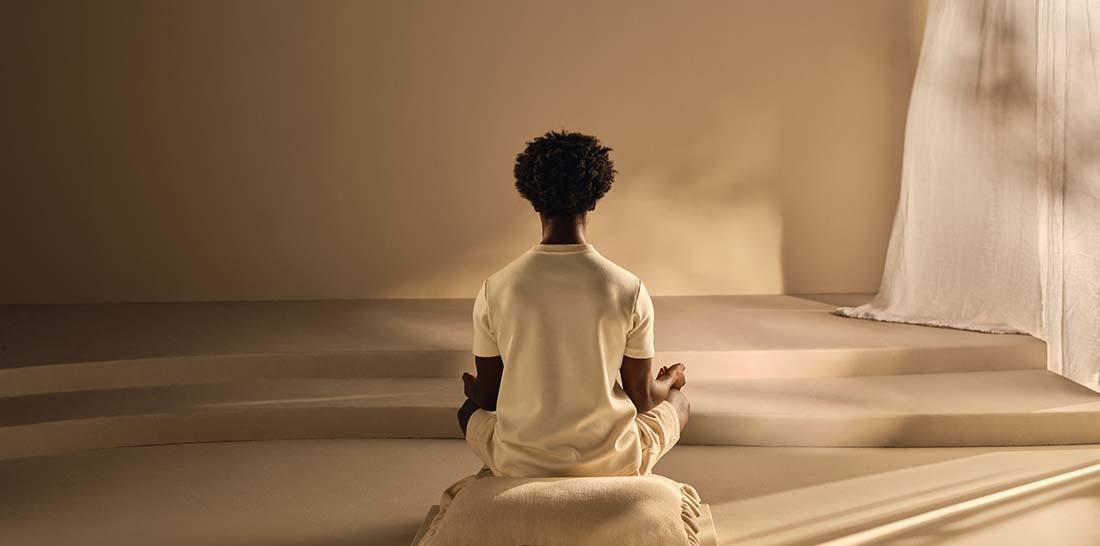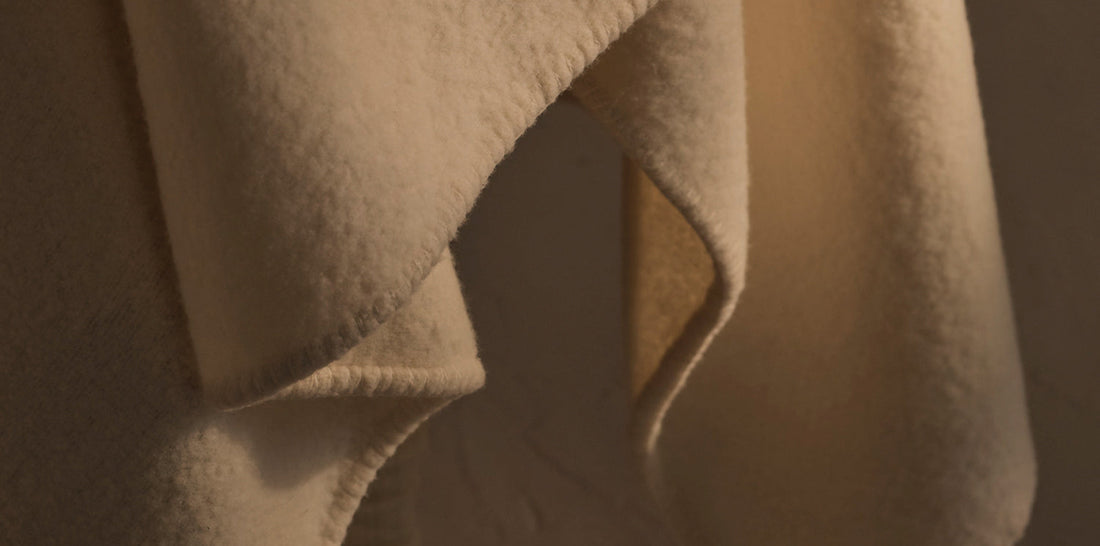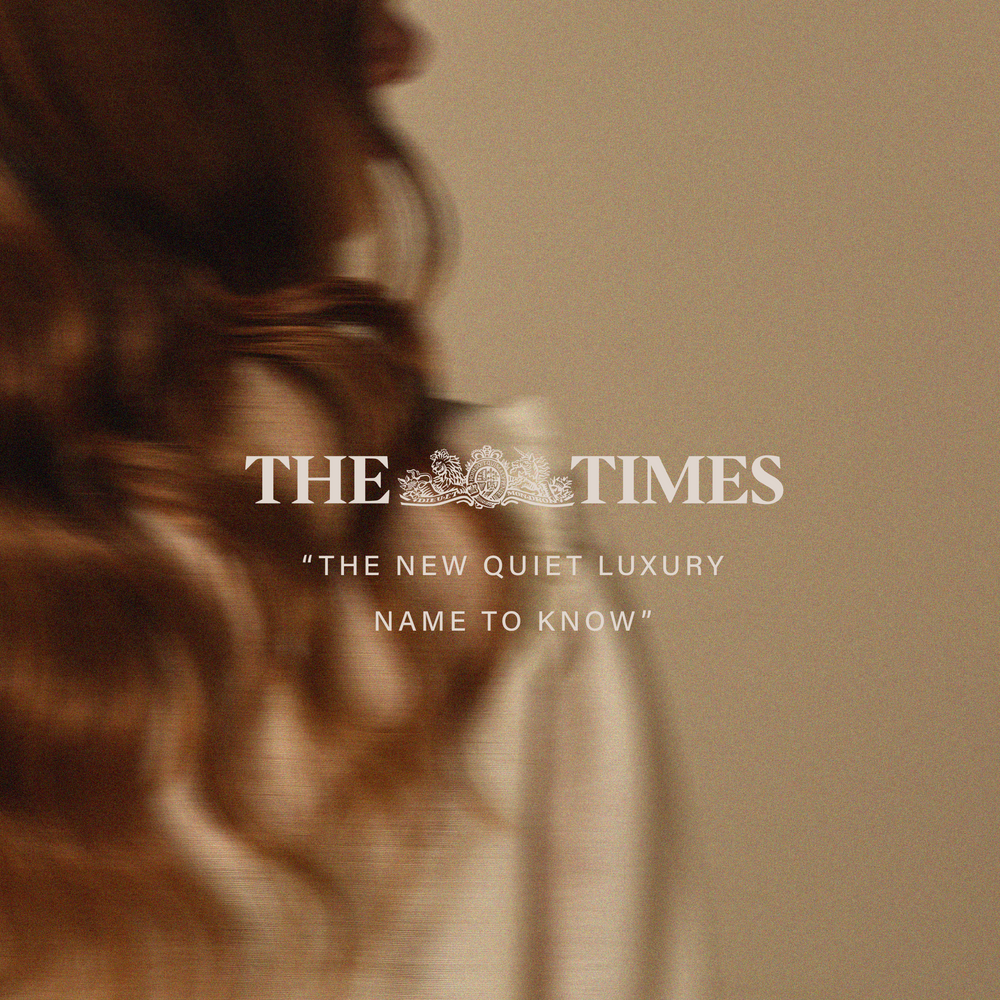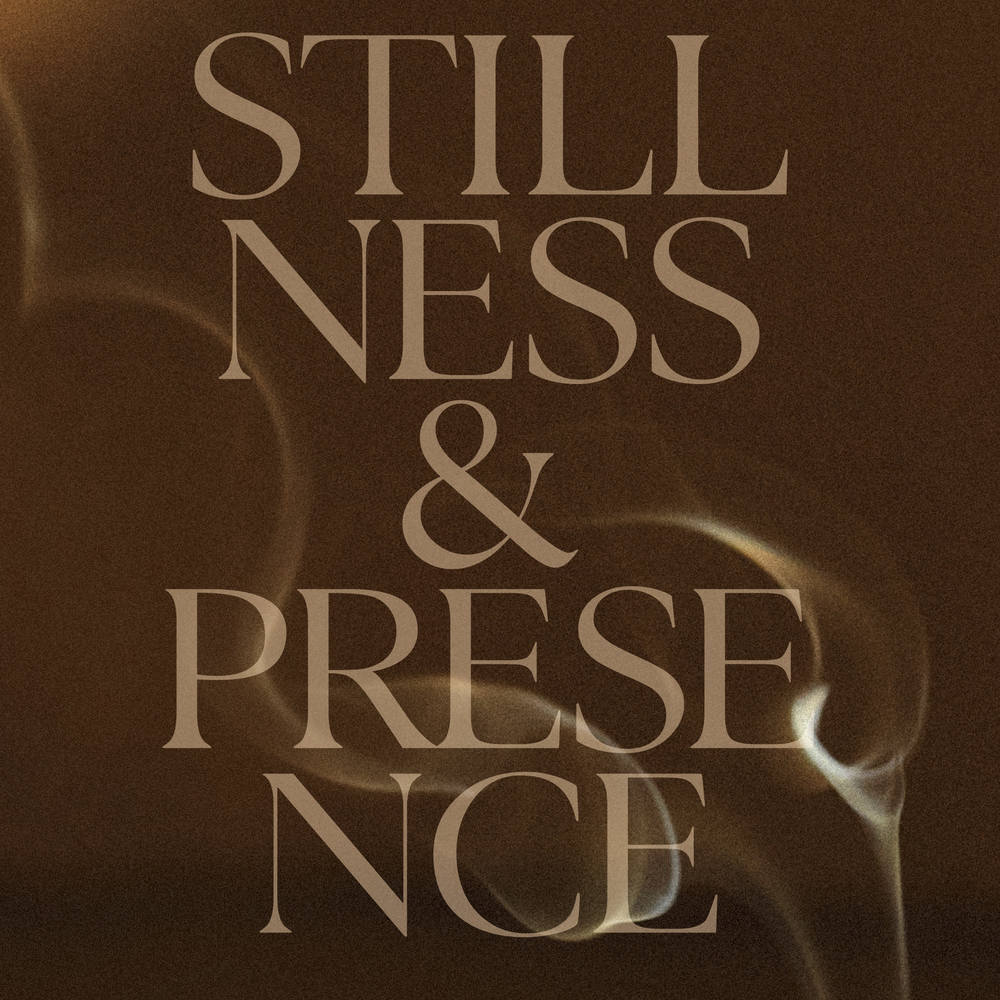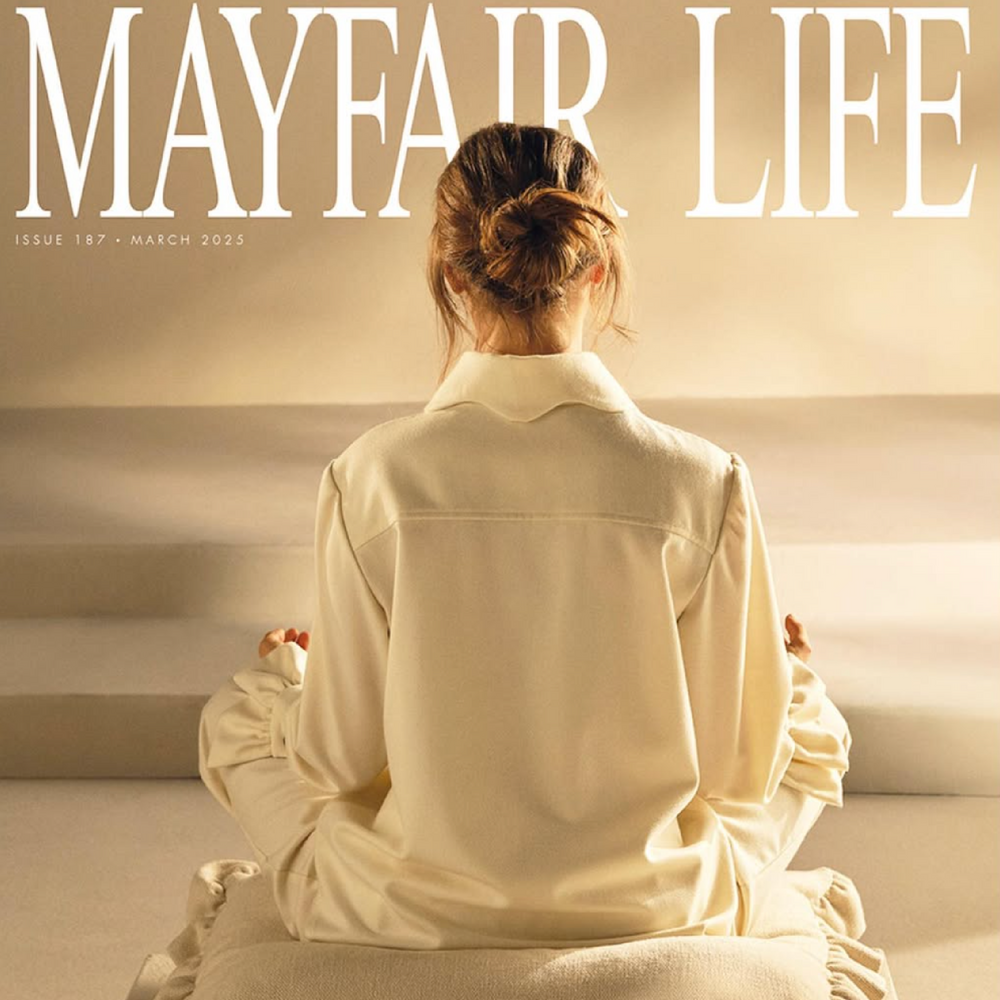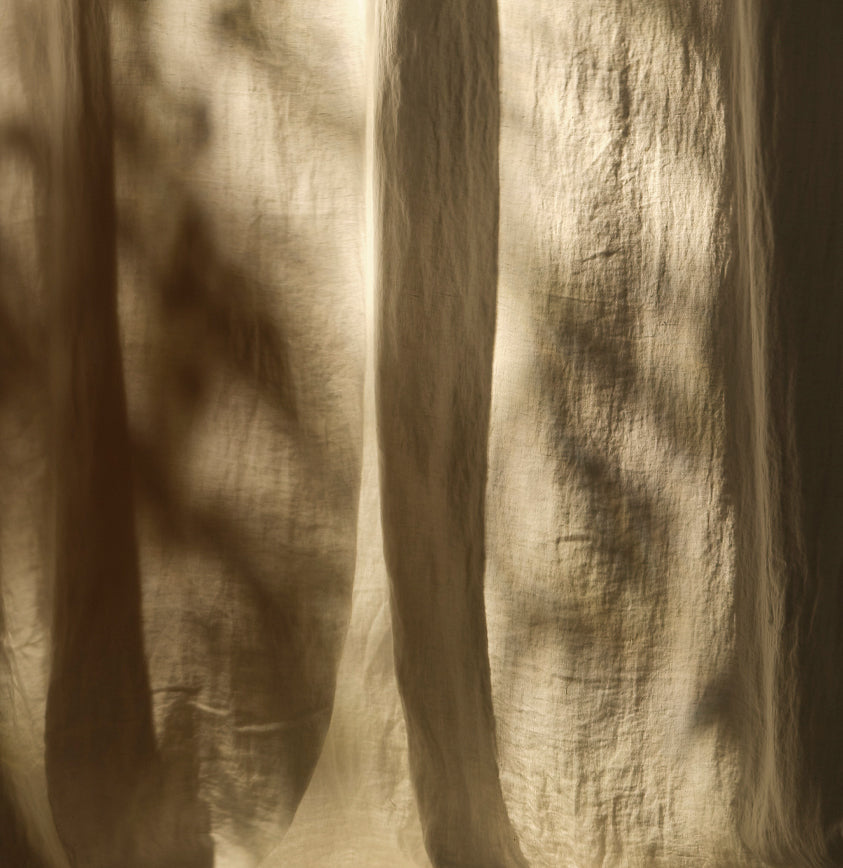
A home is more than a structure – it is a reflection of one’s personal essence, or a ‘motherland’.
Whether consciously or unconsciously, everyone writes their own story through their curation of colour, texture, shapes, forms and even scent – creating spaces that evoke emotion in both body and mind. Simply put, spaces talk.
This is the heart of emotional architecture, a guiding philosophy for the House of Grey Wolfe – to not just design spaces but listen to them, and not to dictate energy but work in harmony with it. Our homes should not simply be functional units; instead we must recognise the emotional connection between space and experience.
The Origin Story
The concept of emotional architecture, coined by Mexican architect Luis Barragán and sculptor-painter Mathias Goéritz, emerged from their 1954 manifesto advocating for spiritually enriching spaces as an antidote to modernism’s sterility.
By 2025, architects are increasingly being regarded as artists, poets, and necessary meditators to slow us down. Feelings are becoming more and more central to the design process: after all, when you enter a building, one immediately has a sense of how it is going to make you feel. Thoughtful interiors can help us feel safe and connected; others – cold, rigid and angular structures – can immediately impact us negatively.
Conversely, organic shapes and textures – the ones we find in nature – can invoke comfort and connection. Simplicity, too, which modernism derives from, generally elicits feelings of calm.
Curves and Lines
Rooted in biomimicry, our approach mirrors the effortless intelligence of nature, where everything has its place, and nothing is without purpose. Just like the soft curve of a river, the shifting of shadows, or the stillness before dusk, a well-designed space flows in harmony with the natural rhythms of life. This is an environment that not only looks exquisite but feels profoundly alive.
Drawing inspiration from nature’s soothing curves and lines, our products take organic forms that can influence how we feel and behave within a space. Curves in the home can reflect the organic shapes of nature – like rolling hills, winding rivers and lush plants – creating a sense of tranquility. For some, curves also enhance the feeling of flow and movement, subtly guiding people through a space.
Some lines can risk feeling harsh and overly functional. While sometimes used for aesthetic impact and even drama, straight lines and sharp edges in architecture might be associated with increased feelings of stress or perceived threat.



Putting It Into Practice
Emotional architecture is not reserved for the design of the structure, but can be applied to our approach across furniture and décor. So how might we introduce some of these elements in the home?
Lighting & Ambience
Soft, warm lighting can diminish the harshness of straight lines, casting a welcoming glow that enhances the overall atmosphere of a space.
Natural Elements & Texture
Incorporating materials like timber, stone, or textured fabrics helps counterbalance rigid structures, bringing warmth and depth. Water features and greenery can further soften sharp edges, adding a sense of tranquillity.
The Power of Colour
Colour plays a key role in shaping perception – earthy neutrals create a soothing environment, while rich, bold hues inject vibrancy and character into a space.
Furniture That Calms
Introducing curved furniture and sculptural décor elements can break up angular compositions, fostering movement, harmony, and a more inviting aesthetic.

All of these elements can cultivate deeper sensory resonance, acting as our own spiritual teachers. Existing in a space where design meets feeling, House of Grey Wolfe seeks to ‘sense-scape’ environments to enrich the human experience and enhance wellbeing.




